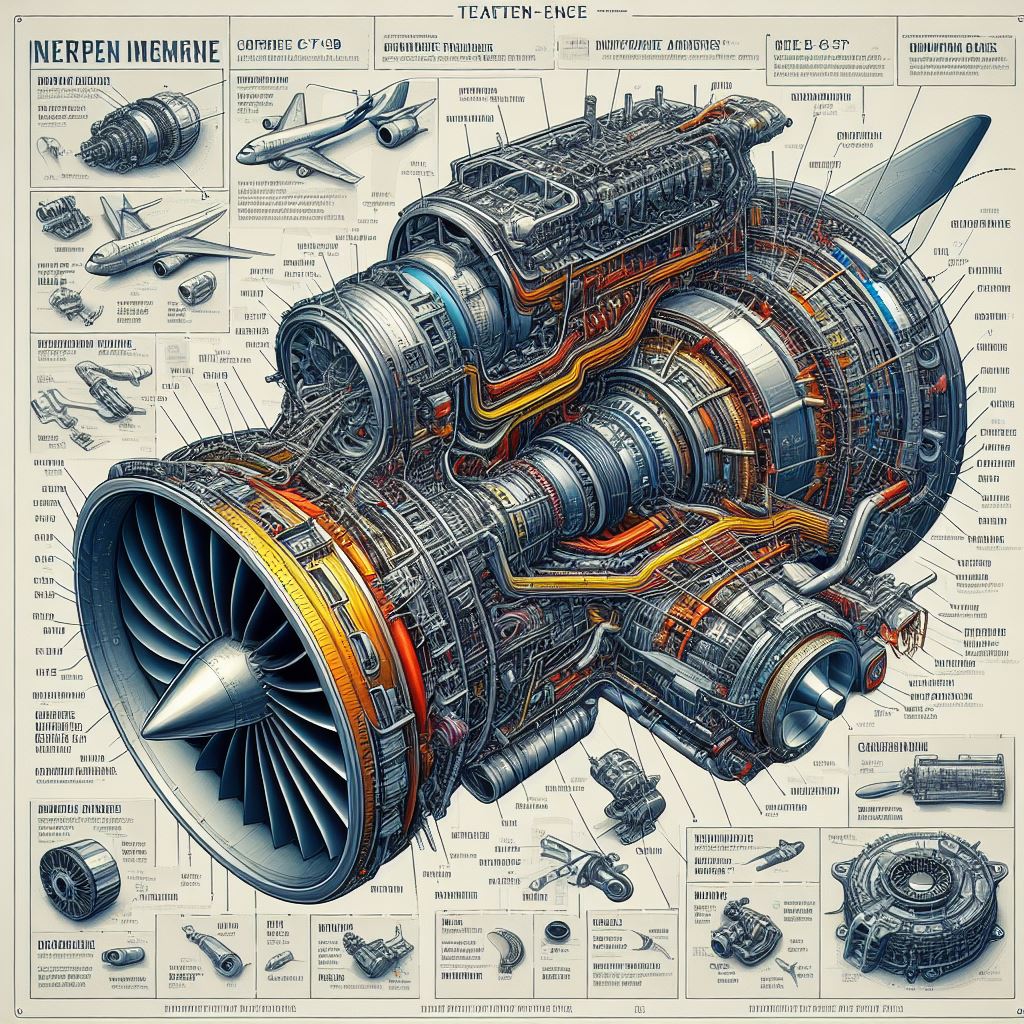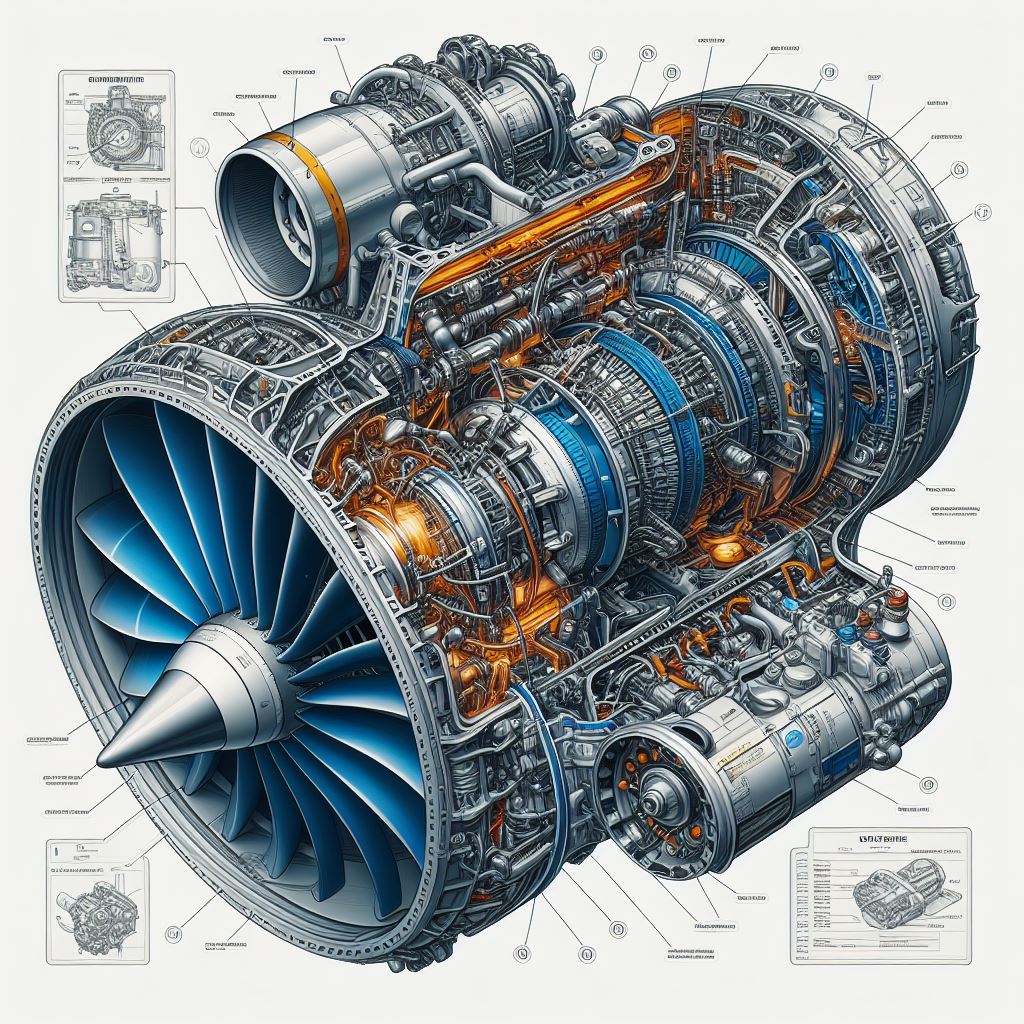In the realm of aviation maintenance, adherence to regulatory directives and technical requirements is paramount to ensure the safety and airworthiness of aircraft. This article delves into the intricacies of compliance categorization, shedding light on various levels of impact and their implications on maintenance procedures.
Category 1
Definition: Compliance is mandatory, generally as a result of European Aviation Safety Agency (EASA) or Federal Aviation Administration (FAA) action, i.e., Airworthiness Directive (AD), Notice of Proposed Rule Making (NPRM), or pending AD etc. Will cause customer action.
Category 2
Definition: Used when CFM International (CFMI) technical reasons make the compliance necessary and when an aircraft can stay for suitable time at a line station or maintenance base with the capability to do the procedure. The justification for hour, cycle and end date requirements will be based only on technical considerations (i.e., safety, risk analysis, etc.). May cause
non-routine customer action.
Category 3
Definition: Compliance is necessary regardless of the reason for the shop visit. Disassembly that was not planned may be necessary.
Category 4
Definition: Compliance is necessary when the area is exposed.
Category 5
Definition: Do when the affected piece part is removed.
Category 6
Definition: Do when the affected part is exposed and a repair is planned.
Category 7
Definition: Do at customer convenience after the old parts are all used. Do at customer option if the old parts will be supplied (date supported) for engines that have not been changed.
Category 8
Definition: Used for Spare Parts Release Service Bulletins.
Category 9
Definition: Information only. If the Service Bulletin is no longer
recommended, issue as Category 9.
Each compliance category is accompanied by distinct impact levels, categorized from A to F, indicating the severity and potential consequences of non-compliance. An explanation of each level of impact is included:
Impact A : This recommendation is to address a condition that may affect flight safety.
Impact B : This recommendation is to address a condition that may result in an increased rate of in-flight shutdowns (IFSD), take-off aborts (TOA), air turn backs (ATB), or diversions (DIV).
Impact C : This recommendation is to address a condition that may result in a non-event operational disruption, unscheduled engine removals (UER), out-station-removals and aircraft on ground (AOG).
Impact D : This recommendation is to address a condition that may result in a delay or cancellation (D&C).
Impact E : This recommendation is to improve the cost of ownership, reduce maintenance requirements or is a product improvement.
Impact F : Implement as deemed necessary per the Service Bulletin category.
Understanding these categorizations and impact levels is essential for aviation professionals to navigate maintenance procedures effectively while ensuring the safety and reliability of aircraft operations.
[CFM56-7B Service Bulletin Revision 3, 2016]
Category 1
Definition: Compliance is mandatory, generally as a result of European Aviation Safety Agency (EASA) or Federal Aviation Administration (FAA) action, i.e., Airworthiness Directive (AD), Notice of Proposed Rule Making (NPRM), or pending AD etc. Will cause customer action.
Category 2
Definition: Used when CFM International (CFMI) technical reasons make the compliance necessary and when an aircraft can stay for suitable time at a line station or maintenance base with the capability to do the procedure. The justification for hour, cycle and end date requirements will be based only on technical considerations (i.e., safety, risk analysis, etc.). May cause
non-routine customer action.
Category 3
Definition: Compliance is necessary regardless of the reason for the shop visit. Disassembly that was not planned may be necessary.
Category 4
Definition: Compliance is necessary when the area is exposed.
Category 5
Definition: Do when the affected piece part is removed.
Category 6
Definition: Do when the affected part is exposed and a repair is planned.
Category 7
Definition: Do at customer convenience after the old parts are all used. Do at customer option if the old parts will be supplied (date supported) for engines that have not been changed.
Category 8
Definition: Used for Spare Parts Release Service Bulletins.
Category 9
Definition: Information only. If the Service Bulletin is no longer
recommended, issue as Category 9.
Each compliance category is accompanied by distinct impact levels, categorized from A to F, indicating the severity and potential consequences of non-compliance. An explanation of each level of impact is included:
Impact A : This recommendation is to address a condition that may affect flight safety.
Impact B : This recommendation is to address a condition that may result in an increased rate of in-flight shutdowns (IFSD), take-off aborts (TOA), air turn backs (ATB), or diversions (DIV).
Impact C : This recommendation is to address a condition that may result in a non-event operational disruption, unscheduled engine removals (UER), out-station-removals and aircraft on ground (AOG).
Impact D : This recommendation is to address a condition that may result in a delay or cancellation (D&C).
Impact E : This recommendation is to improve the cost of ownership, reduce maintenance requirements or is a product improvement.
Impact F : Implement as deemed necessary per the Service Bulletin category.
Understanding these categorizations and impact levels is essential for aviation professionals to navigate maintenance procedures effectively while ensuring the safety and reliability of aircraft operations.
[CFM56-7B Service Bulletin Revision 3, 2016]


